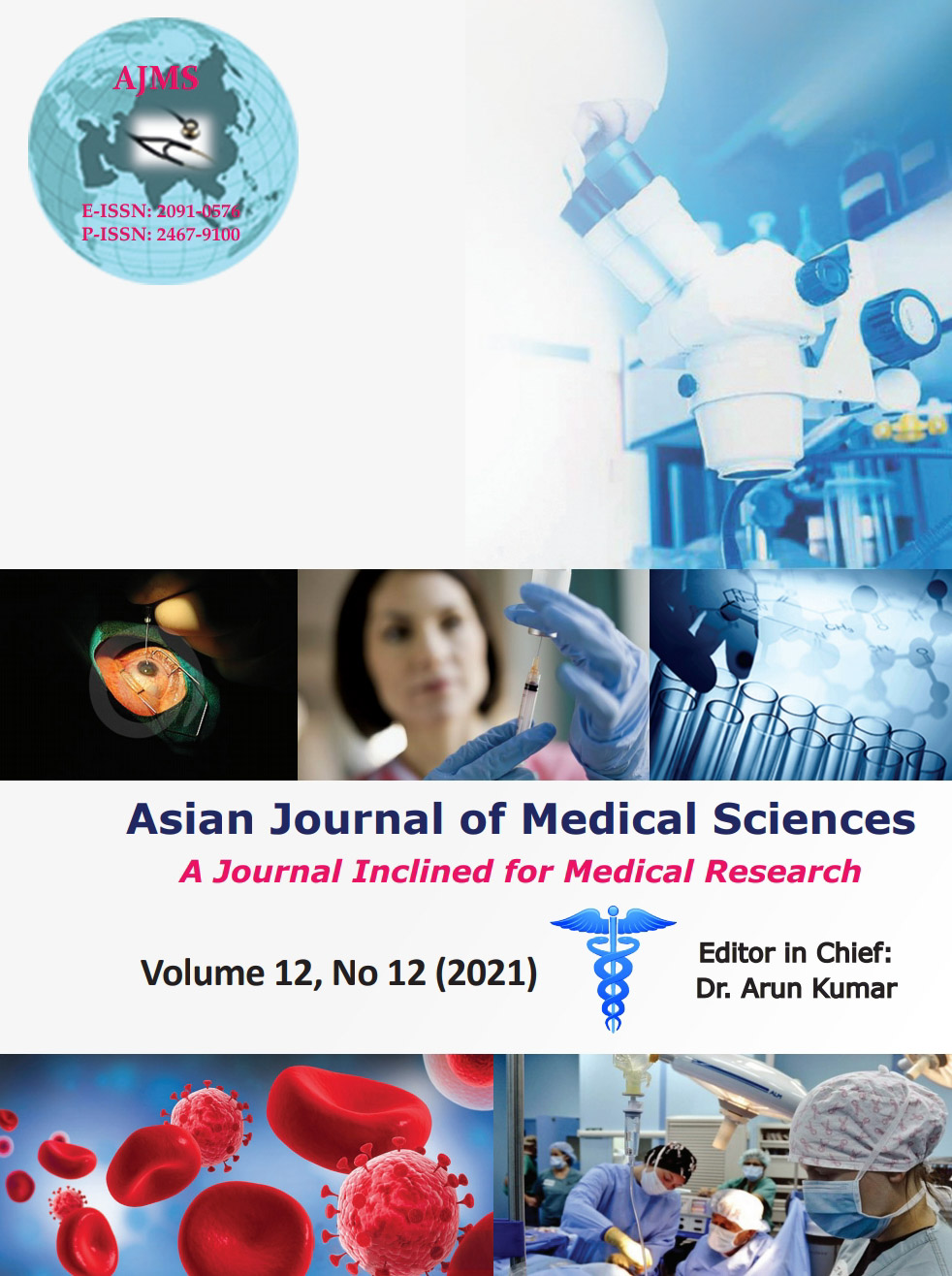Study to assess proper timing of laryngoscopy in post-thyroid surgery patients to detect recurrent laryngeal nerve injury
Keywords:
Laryngoscopy, Recurrent laryngeal nerve palsy, Thyroidectomy, TimingAbstract
Background: Thyroid surgeries are commonly done nowadays for benign and malignant conditions. Recurrent laryngeal nerve palsy (RLNP) is an important and potentially catastrophic complication of thyroid surgery. The purpose of the study was to determine the impact of rigid endoscopy (Hopkins rod-lens telescope) performed at different time intervals on the diagnosis of RLNP in post-thyroid surgery patients.
Aims and Objectives: To assess Proper Timing of Laryngoscopy in Post-thyroid Surgery patients to Detect RLN Injury.
Materials and Methods: Rigid endoscopy was performed postoperatively at day 0 (T0), at 2nd day post-op (T1), and day 14 (T2). For patients with RLNP, repeated examinations were performed at 2 months (T3), 6 months (T4), and 12 months (T5).
Results: The study included 50 patients of thyroid swelling with different diagnoses. Overall, 35 patients appeared for postoperative laryngoscopic examination of the vocal folds at our center, providing 61 nerves at risk. RLNP rate was 8.1% at T0, 11.5% at T1, 9.8% at T2, 8.1% at T3, 4.9% at T4, and 3.3% at T5. T1 was significantly superior to all other time intervals in terms of diagnosis of RLNP but statistically not significant.
Conclusion: Rigid endoscopy is essential for the detection of vocal cord paralysis after thyroidectomy. We report different time evaluation criteria of vocal cord morbidity with great and significant variability of results. Second day post-op inspection of the larynx (T1) is suggested.
Downloads
Downloads
Published
How to Cite
Issue
Section
License
Copyright (c) 2021 Asian Journal of Medical Sciences

This work is licensed under a Creative Commons Attribution-NonCommercial 4.0 International License.
Authors who publish with this journal agree to the following terms:
- The journal holds copyright and publishes the work under a Creative Commons CC-BY-NC license that permits use, distribution and reprduction in any medium, provided the original work is properly cited and is not used for commercial purposes. The journal should be recognised as the original publisher of this work.
- Authors are able to enter into separate, additional contractual arrangements for the non-exclusive distribution of the journal's published version of the work (e.g., post it to an institutional repository or publish it in a book), with an acknowledgement of its initial publication in this journal.
- Authors are permitted and encouraged to post their work online (e.g., in institutional repositories or on their website) prior to and during the submission process, as it can lead to productive exchanges, as well as earlier and greater citation of published work (See The Effect of Open Access).




